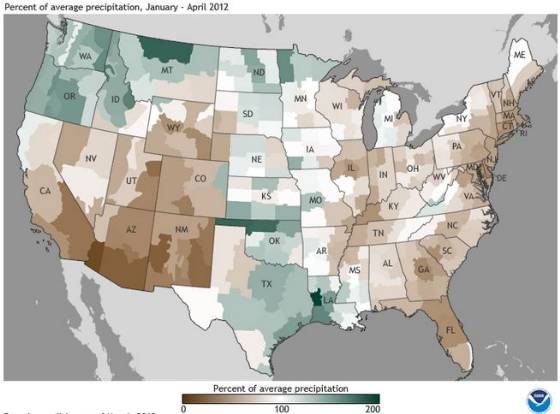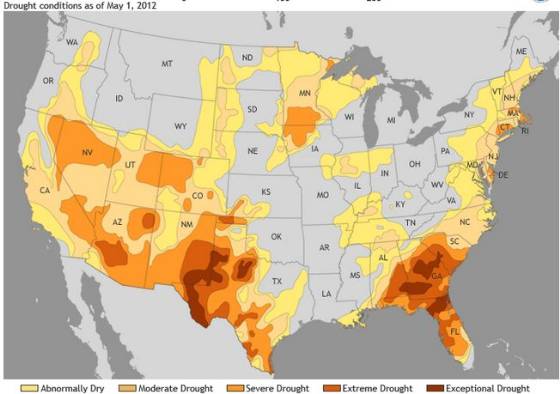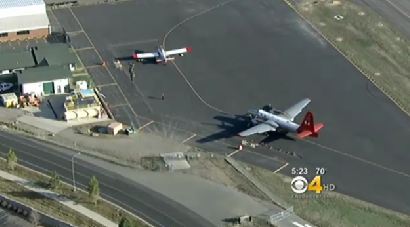(Originally published May 2, 2012)
A magazine published by members of al Qaeda has called for Western Muslims to wage war within the United States, urging them to engage in lone wolf attacks, including setting forest fires. According to ABC News, a recent issue of Inspire magazine has surfaced on jihadi forums with one article titled “It Is of Your Freedom to Ignite a Firebomb”, which gives detailed instructions on how to build an “ember bomb” in a forest in the United States, and suggested Montana as a choice location due to the rapid population growth in forested areas.
In America, there are more houses built in the [countryside] than in the cities. It is difficult to choose a better place [than] in the valleys of Montana.
A previous issue of the magazine contained information on how to construct remote-controlled explosives, and helpfully listed the needed parts along with instructions and photos.
ABC News has been calling around today to find a wildfire expert who can be interviewed on camera for a piece they expect to be on Wednesday’s Good Morning America. One person they called was Dick Mangan, a past President of the International Association of Wildland Fire (IAWF), but ABC was not able to work out the logistics of quickly getting a camera crew to his house in Montana. The last we heard they found someone in the Sacramento area who works for CAL FIRE.
It’s odd, or maybe that is why ABC contacted Dick, because he wrote an article for the March/April 2005 issue of Wildfire, a magazine published by the IAWF, titled *Terrorists in the Woods, about the potential for terrorists to set vegetation fires in wildland areas. In the article he mentioned that police and structural fire departments receive funding for the possibility of terror-related incidents, but the land management agencies receive little or nothing to plan for or prevent threats such as these.
(*UPDATE December 23, 2017: The link to the article in the March/April 2005 issue of Wildfire Magazine no longer works, but we found a copy of it and added the entire piece below.)
From the President’s Desk
Dick Mangan
President, International Association of Wildland Fire
Terrorists in the Woods
Ever since September 11, 2001 the focus of much of the world has been fixated on the issue of Terrorism! The tragic deaths of thousands of Americans in New York, Pennsylvania and Washington DC, coupled with hundreds of deaths in Spain and Bali at the hands of terrorists has led to war in Iraq and Afghanistan, creation of the US Department of Homeland Security, and the expenditure of billions of dollars (that’s billions with a capital “B”) to improve security and reduce the risks from terrorists and their Weapons of Mass Destruction (WMD).
The massive increases in the US budget for protection from terrorism has been mostly sent to Police and Structural Fire Departments. But, wait: what about the threat of terrorist-caused wildland fires in our forests, community watersheds and wildland-urban interface? Who’s worried about that threat, what are they doing about it, and how much is being spent to fund the efforts to prevent it?
The history of fire being used as a tool of warfare is well documented: Native Americans used fire against their enemies, both other tribes and against the expanding European whites; the Aboriginal people of Australia also used fire to discourage the incursion of the British settlers onto their island.
In World War II, the Japanese launched “fire balloons” against the western US, and while largely unsuccessful, did start a few fires, and killed 6 citizens in Oregon. The Palestinians in the latter half of the 20th century used fire to try and destroy the carefully planted pine plantations in Israel.
Now, in the beginning years of the 21st century, more and more folks are moving into the wildland-urban interface. Even under the best of conditions, when a single ignition occurs under critical fire conditions, hundreds and thousands of citizens are threatened with entrapment, injury or death from rapidly spreading fires. Imagine if a small band of determined terrorists, with only some basic fire weather and fire behavior training like we teach in S-190, decided to set multiple ignitions in some our most vulnerable areas, like heavily populated valley bottoms with limited egress/access and a heavy, dry fuel loading at the peak of the burning period?
There are many such areas around the world, in the foothills of Andalusia in Spain; outside of Sydney and Melbourne, Australia; and in numerous areas of the US from Florida to the Pine Barrens of New York, to the foothills surrounding Los Angeles. Even my own home town of Missoula, Montana has areas that fit all the above criteria, and is surely at risk under the wrong combination of weather conditions and a committed terrorist with fire on his mind. And any of us who have traveled to areas like Red Bird, Kentucky in the fall season when the “woods-burners” are out in force have an appreciation of “domestic terrorism” at work, often successfully!
The real question that lingers for fire managers at risk from terrorists is what are you planning to do to prevent terrorist-ignited wildfires that are intended to destroy resources, kill innocent civilians, and disrupt normal life? And, are you prepared to deal with multiple terrorist-ignited wildfires under the worst possible conditions? And for our legislators in the countries that are being targeted by terrorists, what are YOU going to do to insure that the wildland fire agencies in your areas are trained, equipped and financed to address these threats?
The clock is ticking, and its probably a matter of “when” rather than “if” such events, so where do we go from here??





